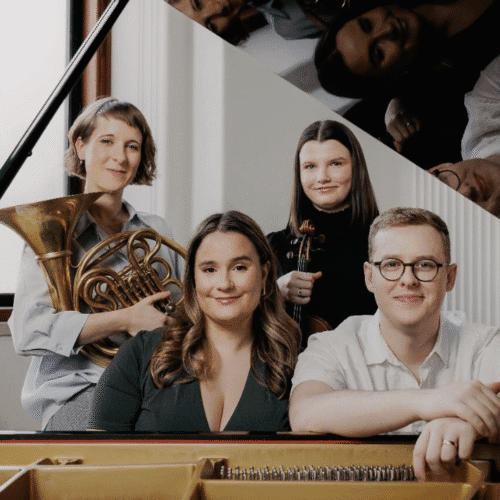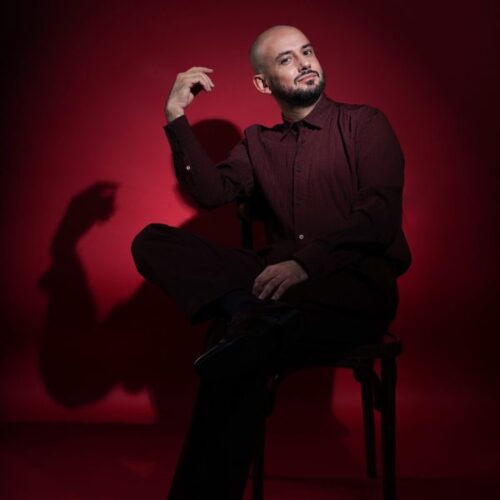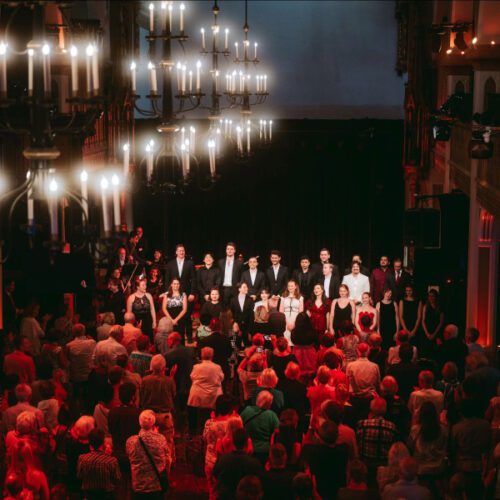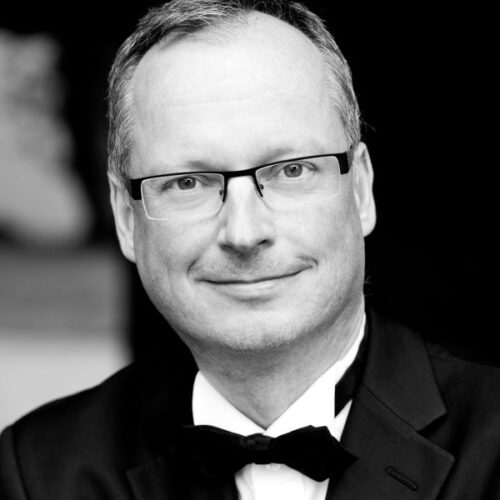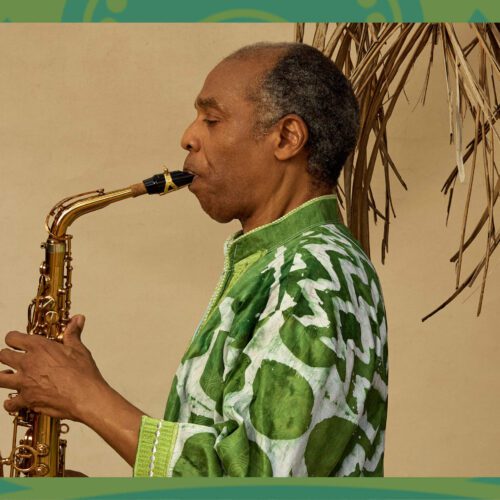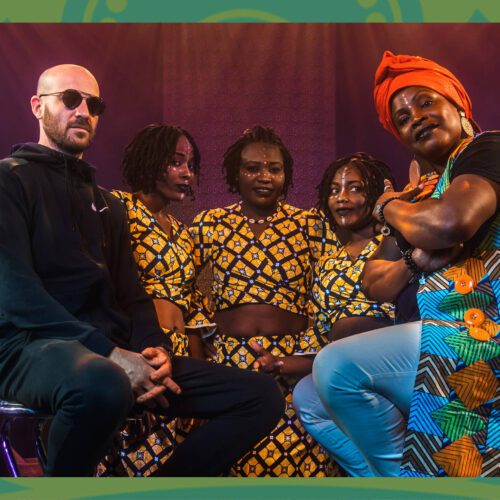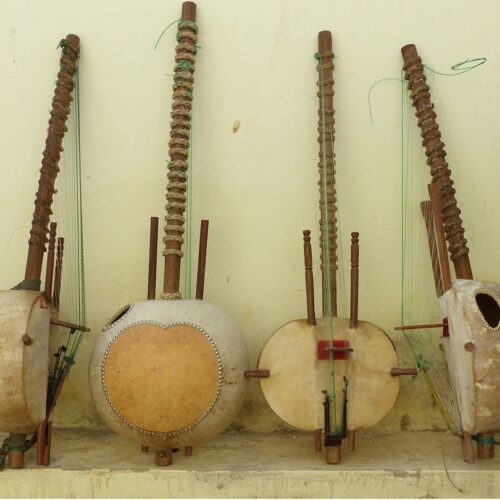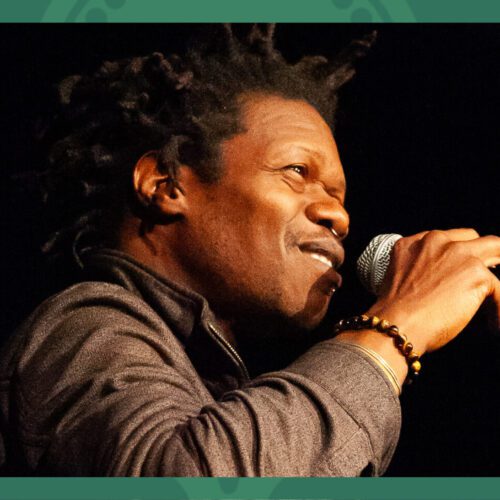Additional Information
What unites the works of Mozart, Dvořák, Kodály and Johann Strauss? Stylistically varied in terms of language and separated by different eras, it’s their instrumental instrumentation that attracts attention. In a program that brings together works for strings by these different composers, Les Violons du Roy musicians Katya Poplyansky (violin), Pascale Gagnon (violin), Annie Morrier (viola) and Raphaël McNabney (double bass) put forward unexpected musical formations for their instrument, to be heard in an apero-concert on March 12 and 13 at Palais Montcalm. To talk about them, they each agreed to answer a few questions from PAN M 360.
PAN M 360: String trio formations are usually composed of a violin, viola and cello. Here, you propose unexpected trios, that is, rarer formations with two violins and a viola, then two violins and a double bass. Why are these formations considered rarer? How does this translate in terms of musical writing, and do these formations lead you to modify your playing depending on the place your instrument occupies in the score?
Katya Poplyansky: Often a cello plays a bass line, in addition to the melodies… Without the cello, our responsibilities as violinists and violists become more numerous and perhaps even more complicated! Sometimes, we play the melody, sometimes, we accompany, and sometimes, we play the bass line, all in a few short bars. It’s a challenge but also very rewarding.
PAN M 360: Apart from their particular instrumental configuration, what characterizes each of the pieces in this concert?
Pascale Gagnon : I’d say this concert is a journey through the ages, starting with Mozart with a very simple and enjoyable trio, a small piece in just two movements, an adagio and a menuetto, which is quite unusual. We’re used to 3 or 4 movements. For the Dvořák, it’s a 4-movement trio. The magnificent slow movement is a beautiful romantic moment; my favorite. The scherzo, too, is very interesting, with a folkloric flavor and a rhythmic interplay that is quite unsettling for the listener. The Kodály is a blend of folkloric inspiration and modern harmonies; a classical-form trio in 3 movements. For him too, I particularly like the second movement, a conversation between viola and first violin that can seem to be improvised. The second violin, on the other hand, weaves an atmosphere throughout the movement with very gentle, sometimes even disquieting tremolos. And to end the concert, a Strauss waltz with the melody on the first violin, accompanied by the bass and second violin.
PAN M 360: What are the challenges or things to watch out for as a musician when performing chamber music repertoire?
Annie Morrier: Chamber music is often very rewarding but requires a lot more personal involvement. Being in a small group, we have to take charge of the musical ideas, the balance of the instruments and the style of the pieces we perform. In an orchestra, this is mainly the role of the conductor. We also have to be very aware of the other parts. To know exactly what’s going on in all the parts played, and to be particularly flexible to other people’s ideas and their own interpretations. This sometimes leads to discussions and decisions. What’s more, the scores are often technically more difficult, requiring more individual preparation.
PAN M 360: The piece Wiener Carnaval-Waltzer, Op. 3, is traditionally performed by an orchestra. You’ll be performing it as a trio. What are the challenges of reducing orchestral mass for your group, and what can a chamber ensemble bring to the listening experience compared to an orchestra?
Raphaël McNabney : Unfortunately, it will always be impossible, despite all our efforts and creativity, to reproduce the palette of colors and timbres of a 3-piece symphony orchestra. That said, it’s easier to move and dance in a small group, and the characters of the works can always be conveyed, whatever the orchestration. Also, on a practical level, being able to export symphonic works with modest means, means enabling a wider audience to enjoy them in a variety of contexts, like a fine Strauss waltz at the end of an aperitif…


